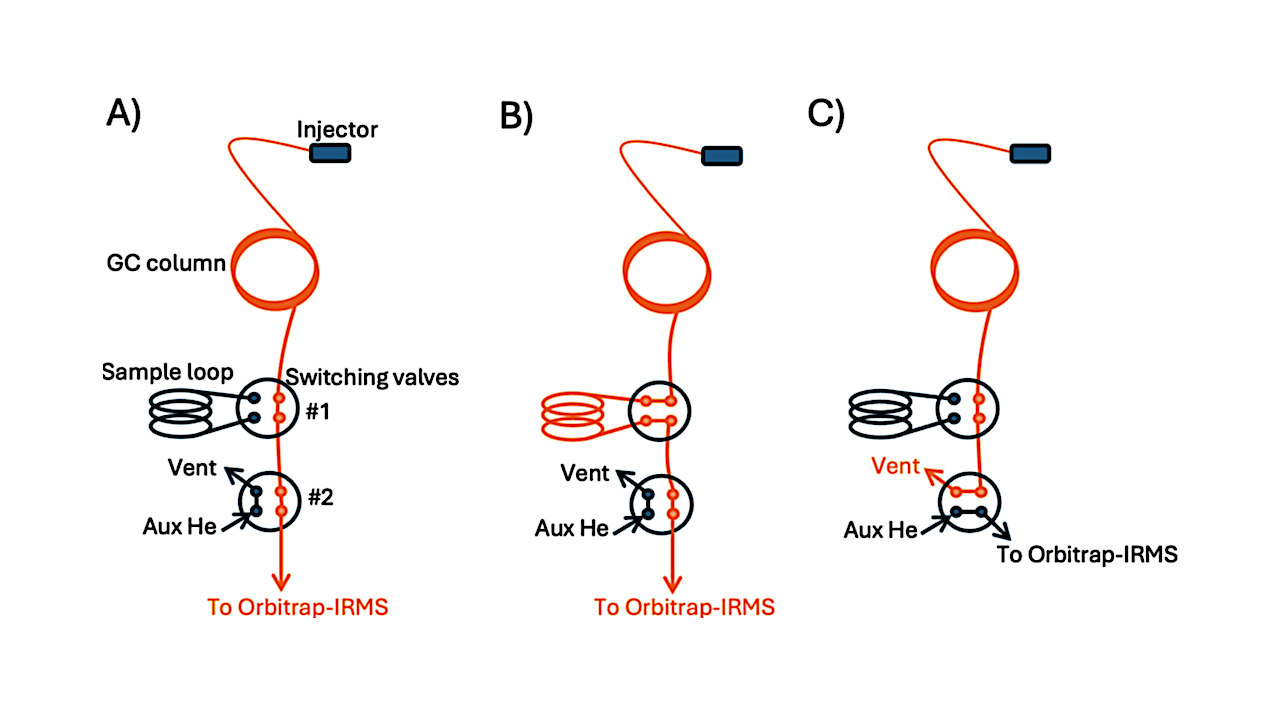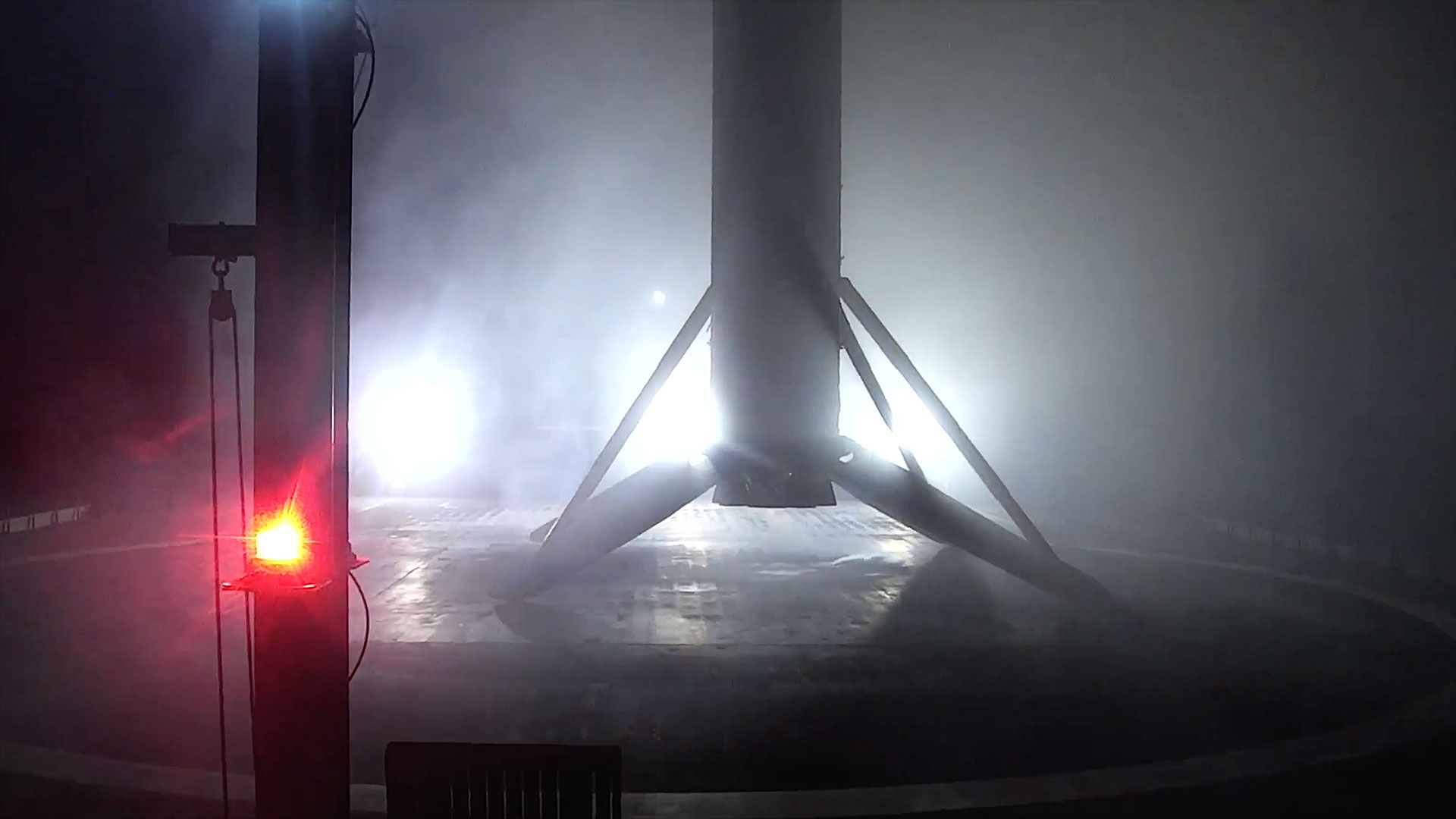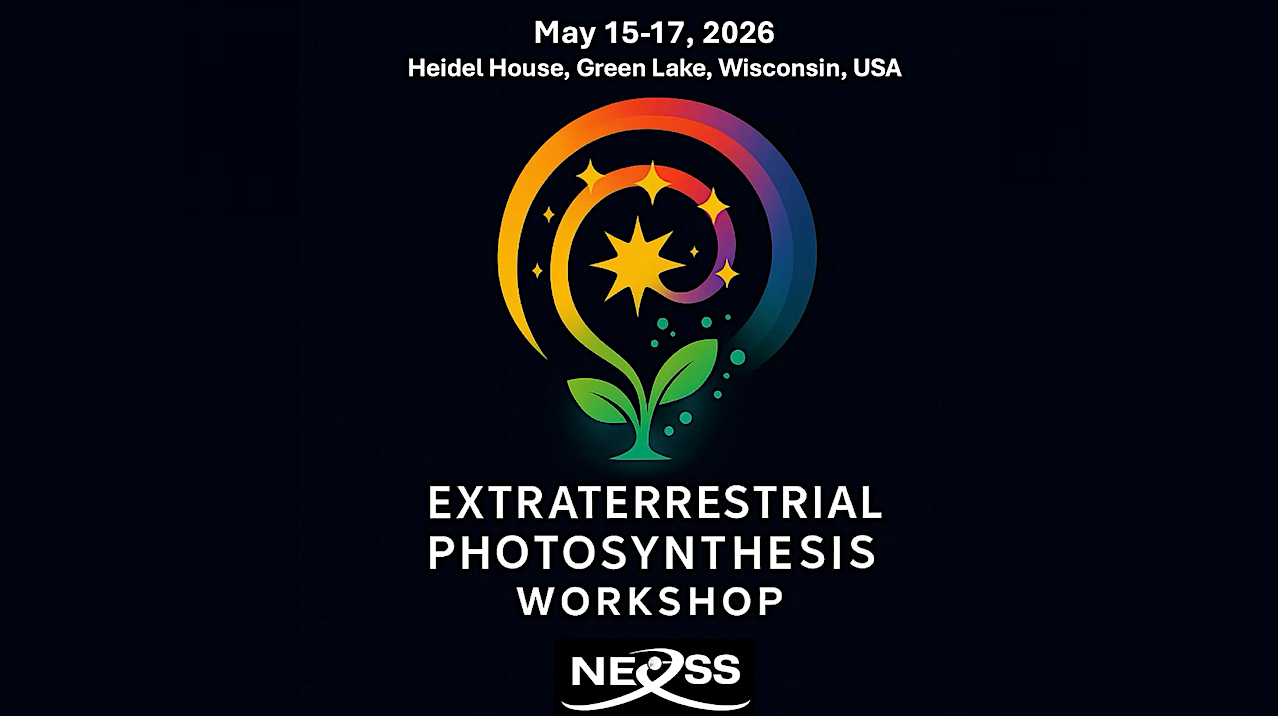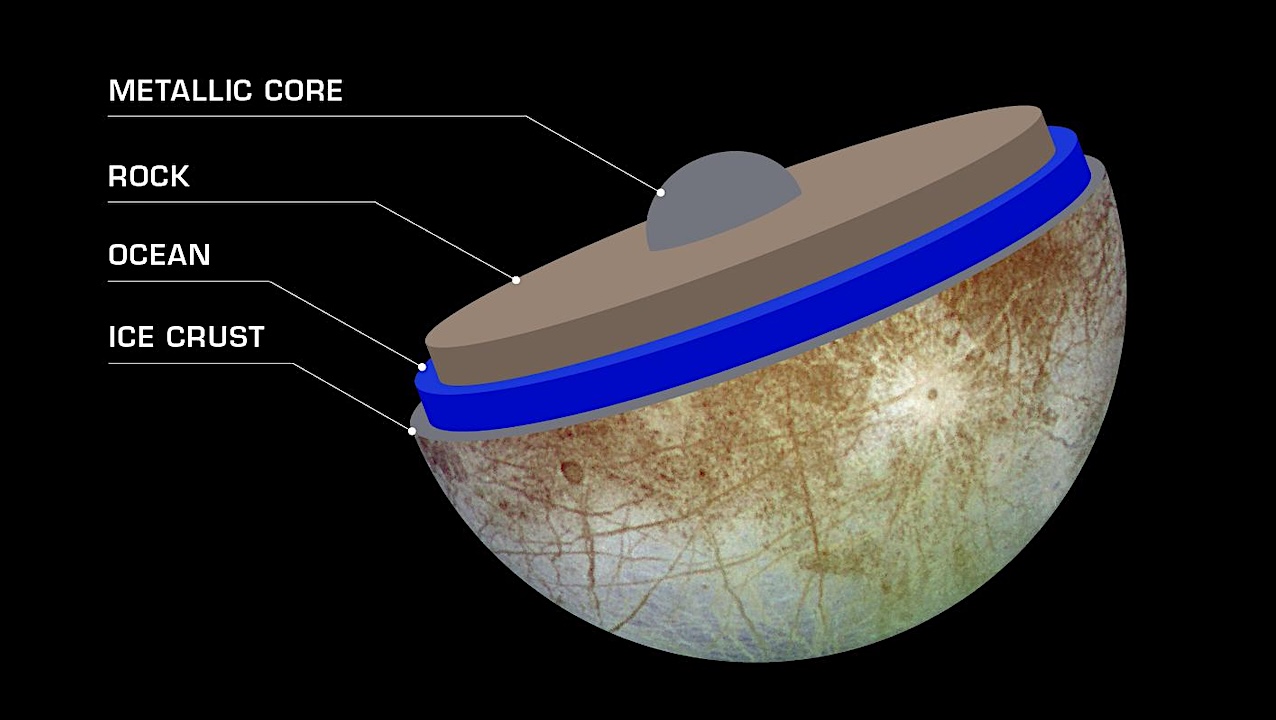The U.S. Air Force has asked two more companies to explore how to deliver rocket-flown cargo to any point in the world within one hour, according to a media report.
Hot Posts610- Page
Life on Mars? – With Dr. Michael Tice – YouTube Watch On On Episode 177 of This Week In Space, Rod Pyle and and Tariq Malik are joined by Dr.
Schematic of the GC-Orbitrap-IRMS instrumental setup: (A) GC–Orbitrap-IRMS mode, (B) the GC–SL–Orbitrap-IRMS mode, and (C) He–MS mode.– Rapid Communications In Mass Spectrometry (via PubMed) Background Obtaining isotopic data on soluble
The total K-band polarised intensity map of MWC 758 (left, Ren et al. 2023) compared to the total intensity at 2.2 µm from our Radmc3d model (right). Both are masked
SYDNEY — The director of NASA’s Marshall Space Flight Center has abruptly stepped down, becoming the third NASA center director to leave in recent months. In a Sept. 24 memo
A SpaceX Falcon 9 rocket lit up the dusk sky over southern California on Sunday (Sept. 28) as it carried a new stack of 28 Starlink satellites into low Earth
NASA/NExSS Extraterrestrial Photosynthesis Workshop A NASA Exoplanets System Science (NExSS) WorkshopMay 15-17, 2026Heidel House, Green Lake, Wisconsin, USAPreceding AbSciCon 2026 About this workshop The prospect of obtaining light reflected from
Earth’s History Written in the Stars: Zircon Crystals Reveal Galactic Influence kerryhensley45577 Tue, 09/16/2025 – 10:27 Earth’s History Written in the Stars: Zircon Crystals Reveal Galactic Influence https://www.curtin.edu.au/news/media-release/earths-history-written-in-the-stars-zircon-crystals-reveal-galactic-influence/
SAN FRANCISCO – GHGSat and ExxonMobil Corp. announced a partnership Sept. 5 to monitor and mitigate methane emissions for onshore operations in North America and Asia. Collaboration between GHGSat, a
Jupiter’s moon Europa is smaller than Earth’s moon yet may contain more than twice as much liquid water as all of Earth’s oceans combined. Scientists believe that under its icy
-
 012024 in Review: Highlights from NASA in Silicon Valley
012024 in Review: Highlights from NASA in Silicon Valley -
 02Panasonic Leica Summilux DG 15mm f/1.7 ASPH review
02Panasonic Leica Summilux DG 15mm f/1.7 ASPH review -
 03How New NASA, India Earth Satellite NISAR Will See Earth
03How New NASA, India Earth Satellite NISAR Will See Earth -
 04And Thus Begins A New Year For Life On Earth
04And Thus Begins A New Year For Life On Earth -
 05Astronomy Activation Ambassadors: A New Era
05Astronomy Activation Ambassadors: A New Era -
06SpaceX launch surge helps set new global launch record in 2024
-
 07Space Force plans new ‘Futures Command’ amid pressure to speed up modernization
07Space Force plans new ‘Futures Command’ amid pressure to speed up modernization















